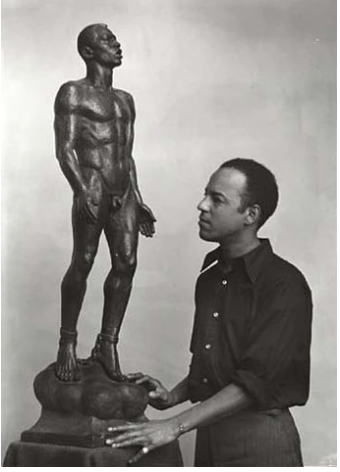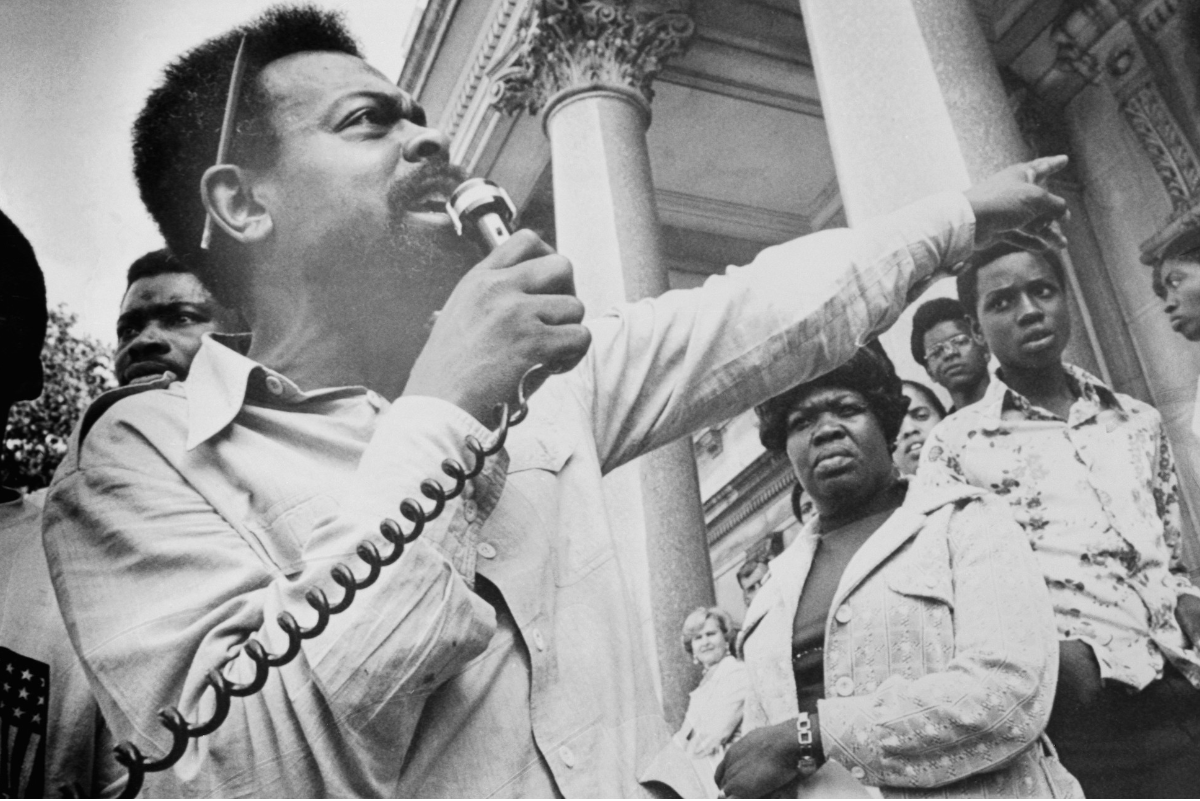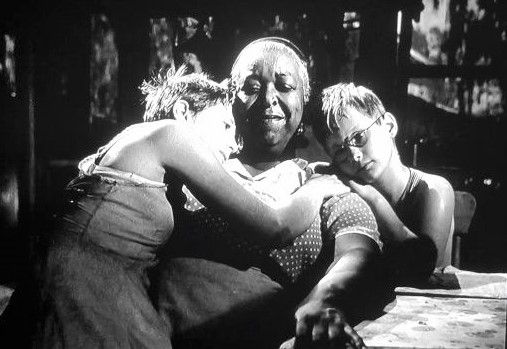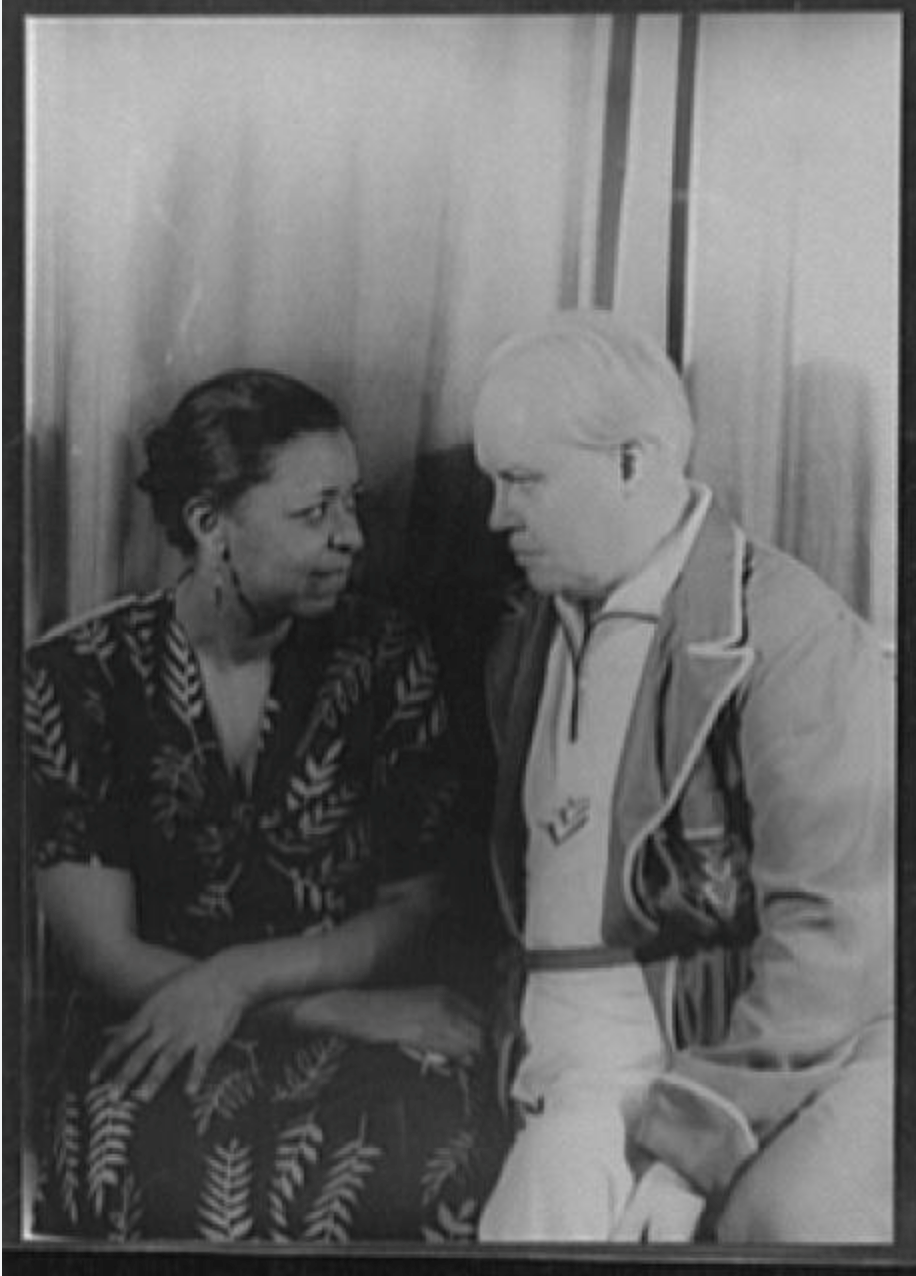Paris Is Burning - When Ballroom Culture Hit the Screen

Jennie Livingston’s groundbreaking documentary, Paris Is Burning, was filmed in the 1980’s, hit the festival circuit in 1990, began DVD distribution in 2005 and has finally been made easily available to the masses through Netflix. I had never heard of Paris Is Burning until its addition to Netflix. From the title I assumed I would be watching a film made in Paris, but boy was I wrong! The name of the film actually comes from an annual ball run by Paris Dupree called “Paris is Burning”.
The documentary chronicles several drag balls that are intertwined with candid interviews from prominent transgender African Americans and Latino Americans within the community. Interviewees explain words like “vogue”, “shade”, and “reading,” but the film is more than just a glimpse into the vogue and ball phenomenon. Participants also discuss difficult realities within the community such as sex work, AIDS, rejection from families, and hate crimes.
Paris Is Burning was directed by an amateur filmmaker named Jennie Livingston. Livingston walked upon a group of men vogueing in New York City and began to take pictures and video footage. She then started to attend a few balls to learn more and her interest grew into a feature-length documentary. She befriended people in that world and was able to get an inside glimpse of their lives. Although Paris is Burning was Livingston’s first film, it went on to win numerous awards and remains a critical film about issues dealing with race, gender, sexuality and class.
The film did much more than just explain and educate about balls and vogueing. As a personal response, it helped me understand everything that goes into maintaining your integrity and identifying yourself as something that is marginalized or mistreated by society. One eye-opining scene demonstrating their strength and courage was when one of the film’s stars, Pepper LaBeija, explained how many gay people have looked up to him and treated him as a mother because they had been searching for a loving relationship that they couldn’t get from their biological families. It was then that I understood the importance of houses and mothers to the community. Sharing genes and blood wasn’t what made them family. It was the acceptance and love of these intentional families that allowed them to feel accepted without having to be anything but themselves.
Paris Is Burning revealed an unknown part of LGBT culture that took place in Harlem. Just as graffiti and hip-hop came from an oppressed culture finding a place to artistically declare itself, balls were created as a place where transgender African Americans and Latino Americans could express themselves through movement and fashion. It became a place where they could celebrate their differences from mainstream America. The film wasn’t just about the LGBTQ community, however. It also touched on topics of poverty and race. LaBeija spoke about how we live in an America whose hegemonic whiteness is constantly broadcast from the media, “When they showing you a commercial from Honey Grahams to Crest, or Listerine or Pine Sol- everybody’s in their own home. The little kids for Fisher Price toys; they’re not in no concrete playground. They’re riding around the lawn. The pool is in the back. This is white America”. Living in a world where it was difficult to climb the social ladder, balls created a space for achievement. Nonethless, judgment was commonly still based upon economic advantage or the ability to give the appearance of economic wealth. In one scene one of the interviewees and ball attendees, Venus Xtravaganza, confessed to commonly stealing or “mopping” name brand clothing in order to appear beautiful and wealthy. However, categories of “realness” didn’t require participants to spend hundreds of dollars on their outfits but instead were judged by how real one looked. Could you pass, for example, as an executive or a woman walking down the street? Realness created a facsimile of dreams that were otherwise out of reach to come true. You could be anything you wanted as long as you knew how to work it.
The film provides much pleasure in the performances of its subjects, but it also tackles the dark side of “the life”: death as a result of hate crimes and the rampant spread of AIDS. At the end of the documentary the audience discovers that Venus Xtravaganza has been murdered. The mother of the house, Angie Xtravaganza, says, “It’s a part of life; it’s a part of being a transsexual in New York City”. Many of the stars of Paris is Burning have since passed away. Angie Xtravaganza passed away from AIDS-related liver failure; Dorian Corey perished from AIDS-related complications; Pepper LaBeija died from a heart attack. Willi Ninja heart failure was brought about by AIDS, and Octavia St. Laurent passed away after a long fight with cancer.
The issues brought up by the film are, sadly, as relevant as ever: the evils of sex work, poverty, and homelessness. In spite of more diversity in some media, most notably television, America still seems overwhelmingly white. The 2016 Oscars notoriously nominated no African American actors sparking a boycott by some prominent Black names in film and media.
Jennie Livingston was quoted saying, “It's [Paris is Burning] about how we're all influenced by the media; how we strive to meet the demands of the media by trying to look like Vogue models or by owning a big car. And it's about survival.” I couldn’t agree with her more. Whether you are gay, transgender, straight, bisexual, black, white, male, or female, our culture is judgmental and hierarchical. Life can be difficult and unfair but this film shows real people dealing with strong prejudice and hatred in beautiful, artistic, and fashionable stride. They show audiences how to survive with grace, humor, and wisdom. And it shows that we have within us the strength to go against the grain.
Recent Posts




SHOGA FILMS is a 501(c) (3) non-profit production and education company. We create multimedia works around race and sexuality that are intended to raise awareness and foster critical discussion.
Contact Us
All Rights Reserved | Shoga Films
Stay Connected
Thanks for subscribing!
Please try again later.


